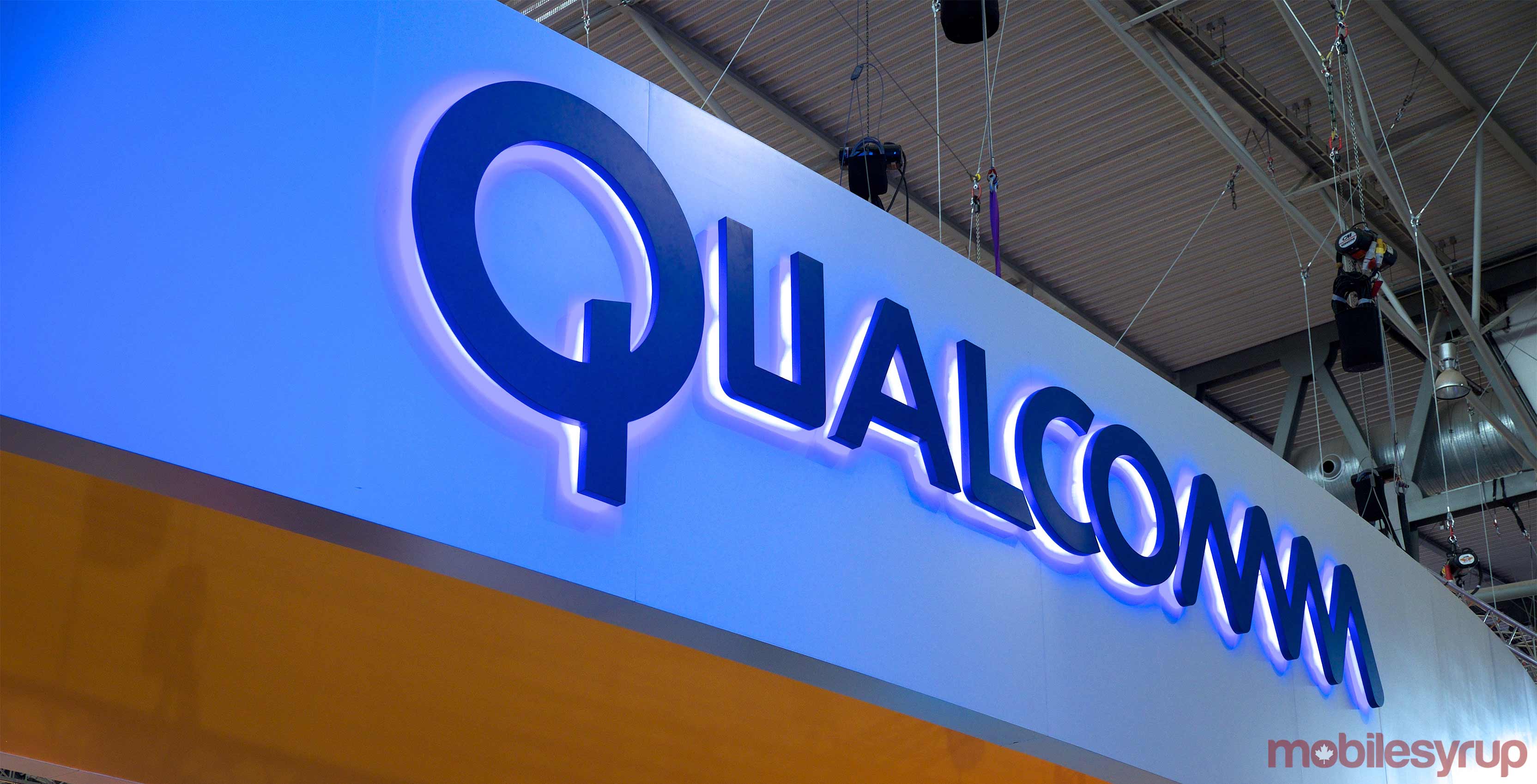Qualcomm, Facebook partner to develop fibre alternative
Qualcomm, Facebook partner to develop fibre alternative
Terragraph aims to supersede expensive fibre networks with low-cost high-bandwidth wireless network infrastructure

Qualcomm and Facebook have announced a collaboration to develop a new network infrastructure to replace existing cable networks like copper and fibre.
The partnership will leverage the chip-maker's pre-802.11ay chipsets to power Facebook's Terragraph technology. The new tech will amend speed, efficiency and quality of internet networks for a fraction of the cost of fibre networks.
Pre-802 what?
802.11 is a set up of wireless technology standards developed by the IEEE (Institute of Electrical and Electronics Engineers). 802.11ay is an subpoena to the standard that is currently in development. 802.11ac is the electric current standard found in most routers. Information technology provides dual-band connectivity over the 2.4GHz network channel at 450Mbps or the 5GHz channel at 1300Mbps.
Gigahertz (GHz) is a mensurate of frequency. More than data can be transmitted with higher frequency. All the same, higher frequency lacks range and the power to penetrate through objects such equally walls.
802.11ay uses 60GHz channel which provides speeds of 20 to 40Gbps at a range of 300 to 500 metres. Using aqueduct bonding and MIMO engineering science can increase potential speeds to 200 Gbps.
Despite not being official, the standard has a few potential applications. Thank you to the large bandwidth, 802.11ay could replace complex wired networks inside offices. Additionally, 11ay is shaping upward to exist the new backbone of network infrastructure.
Terragraph and the future of networks
Facebook's Terragraph initiative is kind of like a metropolis-broad mesh Wi-Fi network. Facebook touts Terragraph every bit the solution to urban bandwidth problems.
In dumbo urban areas, current copper infrastructure can't provide plenty bandwidth. Fibre is as well expensive and likewise wearisome to scroll out effectively. Cellular is too limited.
Terragraph uses a mix of 802.11ay with enhancements provided by Qualcomm chipsets. Facebook and Qualcomm too adult integrated software that helps make outdoor transmission more efficient.
The 802.11ay standard provides enough bandwidth for Terragraph that in that location would exist no need for wires. Without wires there's no need to get Right of Way permissions — legal approval to apply property owned by others. Terragraph service boxes tin exist mounted on existing infrastructure like street lamps. The engineering provides fibre-similar connections to homes and businesses.
This sounds awesome, when exercise we get it?
Not for a while yet, unfortunately. Qualcomm and Facebook won't brainstorm testing until mid-2019. Also, due to the the range of 11ay, whatsoever Terragraph network rollout will have to exist relatively dense. Another trouble with 11ay is obstacles. Significantly large obstacles, like trucks, tin can disrupt the 60 GHz channel temporarily as they laissez passer past.
This ways whatever Terragraph network will need redundancy congenital in to ensure there is no major service disruptions.
Terragraph could be the network infrastructure of the future. If cost reductions are high enough, we could run across 802.11ay backed networks usurping copper and fibre networks soon.
Source: Qualcomm
Source: https://mobilesyrup.com/2018/05/22/qualcomm-facebook-partner-fibre-replacement/
Posted by: sosakinge1950.blogspot.com


0 Response to "Qualcomm, Facebook partner to develop fibre alternative"
Post a Comment